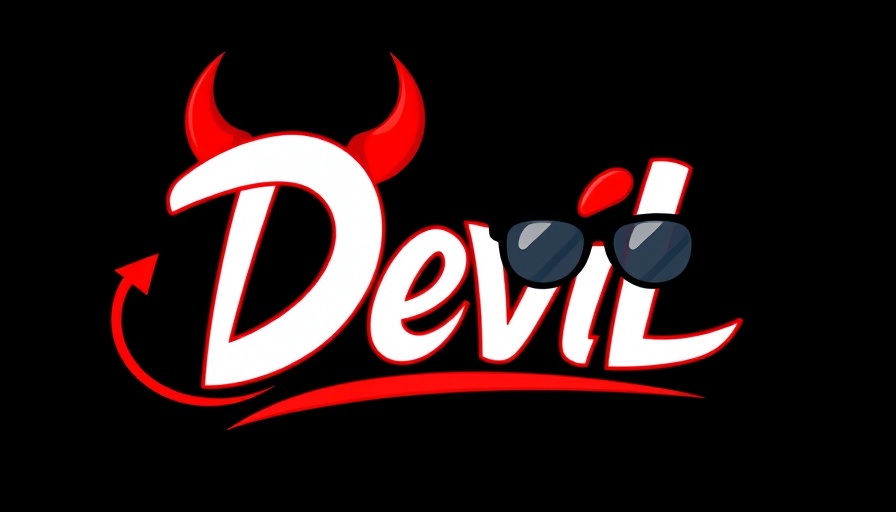
Unconventional Workplace Behavior: Lessons from a Biting Incident
In a bizarre incident at the prestigious law firm Sidley Austin, a summer law intern was not only fired for biting a co-worker but reportedly bit at least five individuals during her short tenure. This peculiar case raises questions about workplace behavior, employee management, and, most importantly, how to address such conflicts effectively within an organization.
Understanding Workplace Culture and Behavioral Expectations
Workplace culture plays a crucial role in shaping behavior. In an environment that values respect, collaboration, and professionalism, actions like biting—an act often seen in toddler interactions—should never be tolerated. The intern's behavior highlights a critical failure in workplace boundaries and the responsibilities of management to maintain a safe and respectful environment. In HR, it is vital to foster a culture of accountability, where employees clearly understand their roles and the behaviors expected of them.
Addressing Conflict: Compliance and Discipline Strategies
When incidents like this occur, timely and decisive action is essential. According to HR experts, the behavior should have prompted immediate disciplinary measures. Best practices for handling workplace offenses typically advocate for clear protocols: employees should be informed of unacceptable behavior right away, followed by disciplinary action if necessary. For HR managers, this incident emphasizes the need for robust compliance training focused on behavioral expectations. By incorporating workplace law into onboarding processes, organizations can better prepare their employees for acceptable conduct.
Monitoring Employee Morale Amidst Workplace Disputes
Conflict resolution in the workplace is not only about managing the incident itself but also about ensuring employee morale remains intact. When a disruptive act occurs, such as a biting incident, it can lead to fear or discomfort among staff. Maintaining a high level of employee engagement becomes critical; organizations must communicate effectively and openly about such incidents and the steps taken to ensure a safe working environment. Engaging employees in discussions about workplace culture can also promote a sense of community and inclusion, minimizing the impact of any one-off negative behavior.
Learning from the Past: Human Capital Strategy and Talent Management
This incident serves as a cautionary tale about human capital strategy and talent management. Organizations must learn from unusual incidents to better define parameters for acceptable behavior. It's not just about correcting the current scenario but also about preventing future occurrences. Having a thorough talent management strategy, which includes proactive employee engagement, communication channels for feedback, and regularly scheduled compliance training, can help mitigate unexpected behavior.
Future Predictions: Risks and Benefits of a Proactive HR Approach
As incidents like this draw increased attention to workplace behavior, HR professionals might need to revise how they approach disciplinary measures and compliance training. Should such incidents become recurrent, organizations might feel the squeeze of reputational damage, which can detrimentally affect talent acquisition efforts. However, by adopting proactive HR strategies focused on continuous improvement and employee wellness, businesses can turn these risks into opportunities for building a stronger, more respectful workplace.
Conclusion: The Importance of HR Best Practices
The bizarre case of the biting intern underlines the importance of implementing strong HR policies and practices. Establishing clear workplace behavior guidelines, effective conflict resolution strategies, and a supportive culture can help prevent uncomfortable situations. It’s crucial for HR directors and managers to be equipped with the tools they need to ensure a safe, engaged, and compliant workplace.
In light of this incident, consider reviewing your own organizational policies and training programs to ensure they emphasize employee respectful behavior and healthy workplace culture, ultimately leading to greater employee retention and morale.
 Add Row
Add Row  Add
Add 




Write A Comment